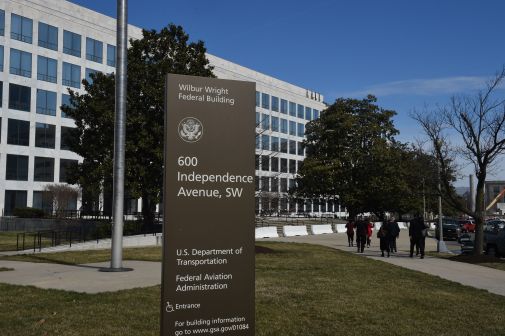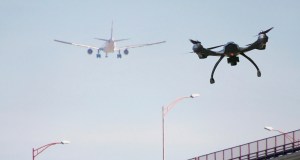Federal Aviation Administration Acting Administrator Michael Huerta testified before a House subcommittee on the agency’s $15.2 billion Fiscal Year 2013 budget request.
Huerta’s testimony:
Good morning, Chairman Latham, Ranking Member Olver, and Members of the Subcommittee. Thank you for the opportunity to discuss the Administration’s FY 2013 budget request for the FAA.
Our $15.2 billion budget is a fiscally responsible investment. It supports our mission to deliver the safest and most efficient aviation system for the traveling public. This budget allows us to maintain appropriate staffing for air traffic control, to keep pace with safety inspections and to continue critical investments in both airport infrastructure and in NextGen technologies.
We are always striving to make our system safer. The FAA has made important advancements in improving safety, such as the new flight, duty and rest requirements for pilots that we announced last December. And we are working toward a final rule that requires air carriers to implement safety management systems.
We aim to improve cost efficiency, and we are tightening our belt internally at the FAA. We had to make hard choices in this year’s budget about how to maximize benefits. For example, we are focusing our airport grants on smaller airports.
We thank Congress for our four-year reauthorization, which will continue vital safety programs, create jobs, and support NextGen. The FAA forecasts that air traffic will nearly double in the next 20 years. And to handle this growth, we need to transform our aviation system through NextGen. We are moving from the ground-based navigation and surveillance system of the last century to the satellite-based system of the 21st century. The FY 2013 budget request includes $1 billion towards these efforts. At the same time, the budget maintains our existing infrastructure, which must perform flawlessly every day while we pursue this transformation.
NextGen will deliver more on-time and fuel-efficient flights and continue to ensure that we operate the safest air transportation system in the world. It’s is a better way of doing business – for the FAA, the airlines, the airports and the traveling public. These improvements are vital to expanding on the 10 million jobs that civil aviation creates and the 1.3 trillion dollars the sector contributes to the U.S. economy.
I thank you for your support of America’s aviation system, and for keeping this vital economic engine running at full throttle.






